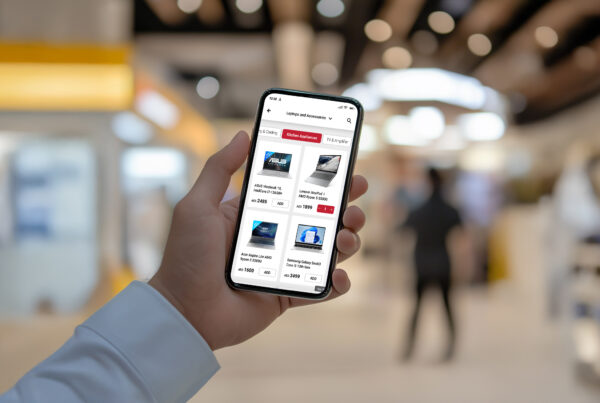Ads are an integral part of the digital spectrum to enhance visibility.
For any offering or category, there can be multiple advertising avenues that are cost-efficient and effective when it comes to sales. This article will help you understand how advertising, especially on digital, is to be done.
Advertising success relies on the following key factors:
Bidding/Auction
Advertising on social media solely relies on impressions. Impressions come about as a result of winning auctions for a place in someone’s newsfeed. A reliable top of the funnel must be set up to ensure that the bottom of the funnel yields good results.
Time
No ad will yield results immediately. The process begins with a learning phase that can last anywhere between a week and a month. The whole idea is to build a long-term potent funnel to identify what works for a particular brand.
Data
In the long run, data helps a brand sustain successful results. The more customer data that is acquired in terms of intent, the better positioned a brand is to create similar audience profiles which lead to more sales. Therefore, either time or budget has to be exhausted to feed the data engine.
To achieve your target ROAS, Lyve recommends the following key steps:
- Extensive Experimentation
- Scale Or Continue Testing
- Long Term Value
- Continue Testing Creatives
- Test New Features Immediately
1. Extensive Experimentation
At the onset, it is essential to take notice of all that has been implemented/experimented till now when it comes to advertising on all social media channels. This means increasing budgets where the conversion rate is higher and test platforms with a different creative approach where the conversion rate is low. This is essential in ensuring a baseline understanding of where the major chunk of ROI comes from.
If the brand is still in the early stage of amplification, all platforms must be tested to ensure a stellar understanding of where the audience with the highest propensity to buy lies. The overall idea is to find the perfect audience cohort across social media channels and ad placements to get to a rate of Best Practices conversion which can eventually yield a greater return on ad spend as compared to the start, where the ROAS is expected to be low.
2. Scale Or Continue Testing
Once the initial testing period is over, extensive data must be analyzed to understand where the ideal audience lies or to get a speculative idea of it. The learning phase for a conversion ad on Facebook ends at 50 conversions. Till that is achieved, it is even more difficult and ill-advised to jump to a conclusion.
Advertising takes its time and therefore it is essential to continue it till the learning phase of any ad ends. The exceptions to this rule include all advertisements that have a terribly low yield when it comes to traffic/link clicks and are fairly expensive.
Key metrics to arrive at this conclusion are:
- CPM: Cost per 1000 impressions
- CPLC: Cost per link click
- Cp1000R: Cost per 1000 people reached.
If these metrics are comparatively higher than other testing ad sets, then the ad set in question should be paused. If other ad sets are yet to hit 50 conversions, but the quantum of traffic is high and the cost per metrics are low, it is advisable to continue those ad sets at the same pace so as to ensure they can reach maximum efficacy and provide max value.
3. Long Term Value
Based on these steps, with proper optimization, it is essential to harvest the data generated from the initial ad sets to create multiple custom and lookalike audiences and employing a test budget on them. These audiences are far more likely to yield maximum value at the lowest cost and must be tested.
The overall idea is to create a system that has been tested enough to create a likely interpretation of the quantum of conversions it can generate. Once the initial phase ends, brands can look to scale budgets to increase the quantum of orders they would like to generate with constant optimization. This process takes time but if implemented correctly is most likely to create an efficient revenue stream that is cost-effective and reliable.
4. Keep Testing Creatives
The creatives being used need to be given far more credit than is usually attributed to it. It is essential that the creatives used are updated in new ad sets and new styles are tested to define the potency of the particular style.
The same offer or promotion can be communicated in multiple creative approaches and tested to see which one works best. This makes it easier to define a style that works best for the brand, rather than relying on just one style and hoping that it works.
We suggest having a creative refresh every month after an extensive review of the current style that is being used. This defines the quantum of traffic a website receives and is therefore essential to the overall process. Analysis here is necessary to ensure how the campaigns should proceed.
5. New Feature Out? Test It Immediately
If the advertising platform launches a new feature or ad format, try to start an ad campaign as soon as it goes live.
The algorithm will always prefer content like this as it would want to show more of it to its users and will reward your spend on it, therefore more impressions are almost guaranteed.
If you need help with any of the steps listed above, feel free to drop an email on the email ID mentioned below. Team Radyes will be happy to assist you.



